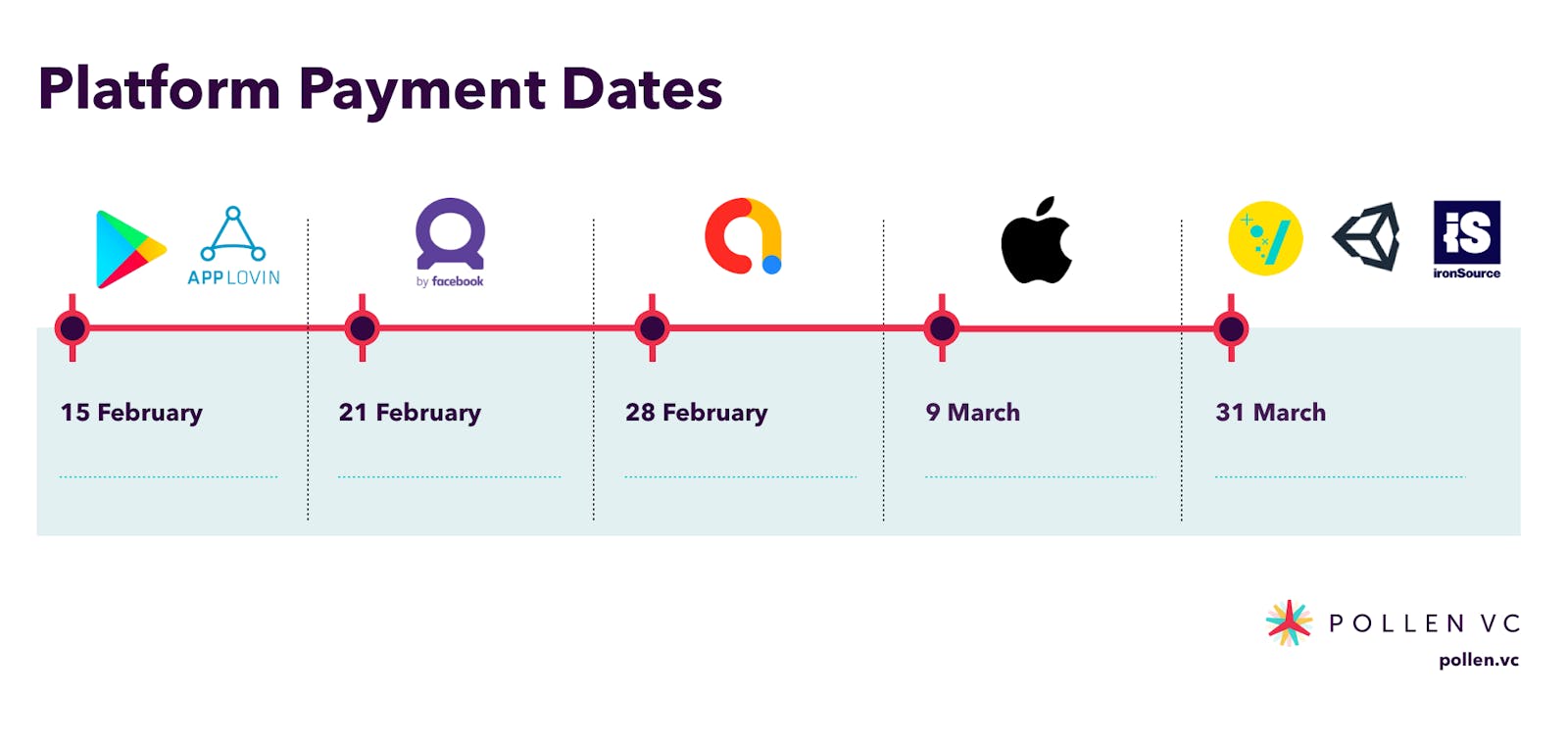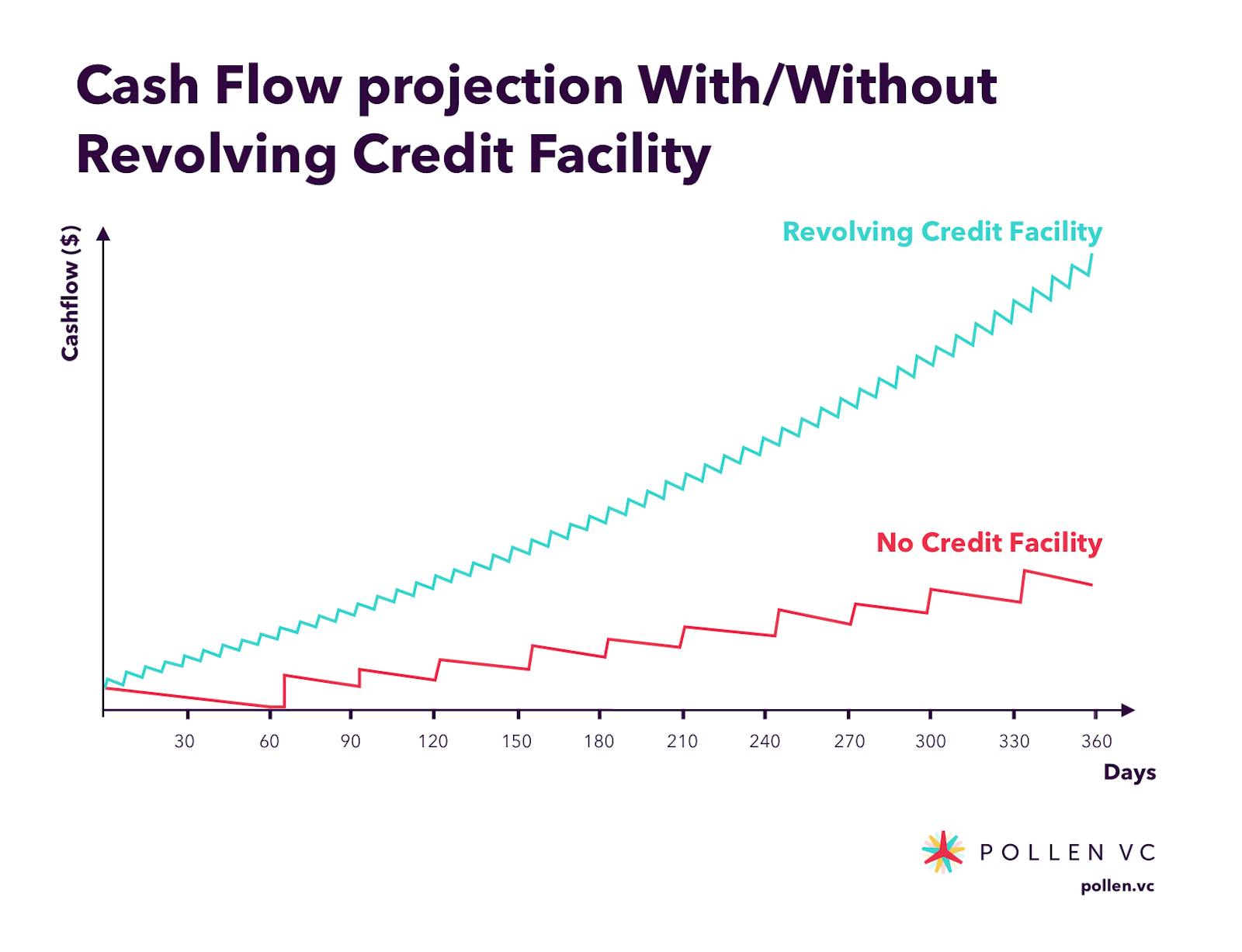
As we approach the holiday season, UA managers are in planning mode, figuring out how to take advantage of the opportunities of the season. There are some unique characteristics around this time that can create great user acquisition buying opportunities, but it’s essential to plan carefully and be prepared.
What happens in the market at this time of year?
In the run-up to the holiday season in December, brands and ecommerce retailers are all vying for consumers' eyeballs to drive sales. This drives up user acquisition costs through the auction system across the various ad networks. Come 24th December however, when all the big purchases have been made, many of these advertisers scale back their advertising plans, driving costs right down for user acquisition.
Simultaneously, the number of new iOS and Android devices received as gifts are registered and their new owners are hungry to download new apps and games. So, this represents a perfect opportunity for UA managers seeking to scale their apps or games. With increased demand, and lower costs, they can take advantage of this opportunity to acquire users in a concentrated period of time. Some have nicknamed this period of time “Q5”, like tagging on an extra quarter to the fiscal year.
Obviously there are certain categories that are the largest winners. Along with games, health and fitness, weight loss/diet trackers, and mindfulness apps all get a boost as consumers put in place new years resolutions for a more healthy lifestyle.
Financial planning for success
Finance and UA teams recognize this period of time can be very capital intensive in terms of user acquisition spend, so need to plan accordingly. It’s particularly important to bear in mind the payment cycles of the platforms, as the cash paid out by the platforms is paid in arrears, sometimes up to 90 days later.
This can be especially acute for subscription apps, which may look to hook users on annual subscription packages where the cash amounts are substantial. So, it’s important to understand when the payouts will occur in order to capitalize on the reinvestment window.
For Apple, sales between November 27th and December 31st are expected to be paid out on February 2nd. But for the all important period of January 1st to February 4th, payments are not expected until March 9th. This payment delay can cause significant disruption to the company’s plans to capitalize on the revenues earned, resulting in a missed opportunity for quick UA reinvestment, and forcing money to be left on the table.
Here’s a handy chart to show when IAP sales made, and in-app ads served on 1st January 2023 are expected to be paid out.

If your app or game relies primarily on ad monetization, then the wait can be much longer.
Whilst some networks like AppLovin and Facebook audience network have relatively short payment terms (Net15, Net21), other Net60 dated networks have longer payment terms, meaning that ad impressions served on January 1st may take until the end of March to be paid out.
It’s critical to plan out your finances, and recognize exactly what you can have available to reinvest when these potentially favorable market conditions exist. Understand your cash flows, down to a daily basis so that you can juggle available capital to reinvest as much as possible for as long as you know the unit economics of UA on each cohort are holding up. You don’t want to run out of cash and miss out on the opportunity to invest when you know the conditions are favorable.
If your UA formula is working and you want to scale faster, consider using a revolving credit facility, which will give you next day access to revenues earned - both on the app stores and ad networks. Depending on the ROAS breakeven of your ad spend, this type of facility can enable you to massively double down on your user acquisition spend without eating into your own capital reserves, or having to look to deploy venture capital funding in order to scale.

This graph shows two scenarios:
Red line - a fixed amount of capital being deployed into UA and reinvested as quickly as platforms pay out into additional acquisition given the prevailing payment cycles.
Blue line - same amount of capital being deployed into UA, but supported by a revolving credit facility. The previous week's earnings are borrowed every 7 days, and reinvested immediately into more UA known to be ROI positive.
The quicker the expected ROAS payback of the cohort, the faster you can recycle funds back into additional user acquisition using a revolving credit facility. An excellent way to take advantage of the user acquisition window at this unique time of year.
Summary
Careful planning of the UA scenarios and financial modeling is important as well as keeping an eagle eye on metrics on a daily basis. Make sure you’re prepared with financial models and have sufficient available capital to maximize the scope of the opportunity whilst the user acquisition well is open for drinking.
Happy holidays!
Pollen VC provides flexible credit lines to drive mobile growth. Our financing model was created for mobile apps and game publishers. We help businesses unlock their unpaid revenues and eliminate payout delays of up to 60+ days by connecting to their app store and ad network platforms.
We offer credit lines that are secured by your app store revenues, so you can access your cash when you need it most . As your business grows your credit line grows with it. Check out how it works!